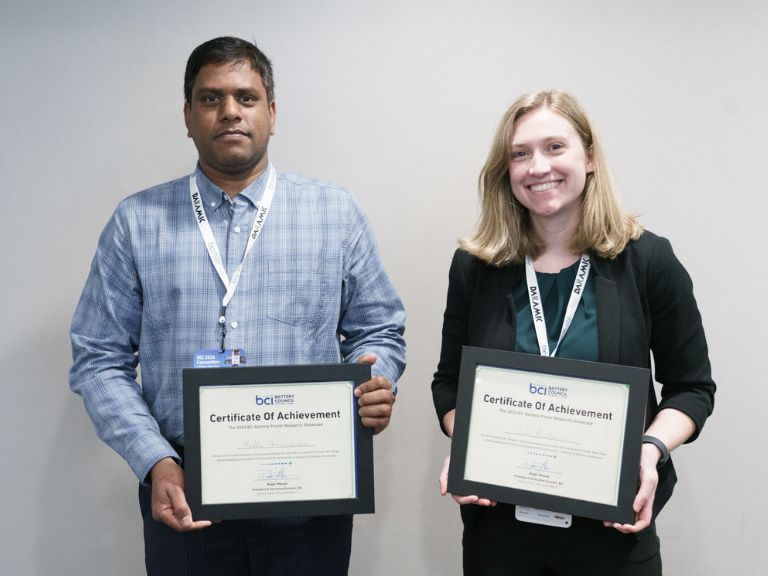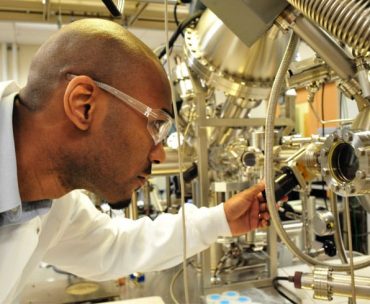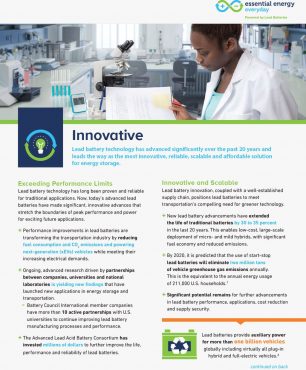The BCI Poster Research Showcase is open to undergraduate, graduate and postdoctoral level researchers and assistants. The third annual showcase will be held in person at the 2025 BCI Convention + Power Mart Expo that will be held May 4-7 in San Antonio, Texas.
If you are interested in participating, please fill out our submission form. The deadline for submission is January 24, 2025. Contact speakers@batterycouncil.org with any questions.











